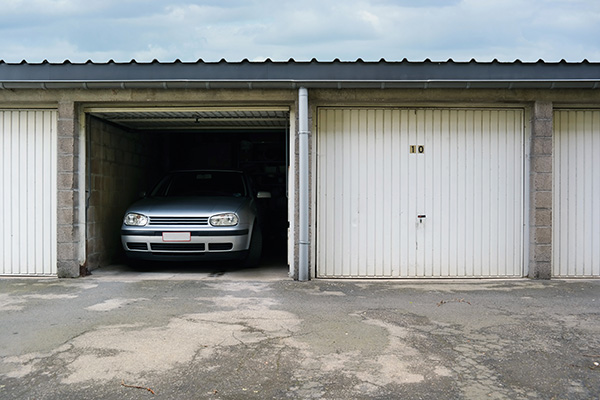
Planning to leave your car unused for an extended period? Whether you’re going on a long trip, storing a classic vehicle, or simply putting a car aside for seasonal reasons, long-term storage requires some preparation. If done right, you can prevent a host of issues that arise from letting a car sit idle, such as battery drainage, tire damage, or even rust. So, how can you ensure your car stays in optimal condition during its downtime? Here are the best practices to follow when storing a car long-term.
Clean Your Car Inside and Out
Before storing your car, the first step is to thoroughly clean it. Dirt, bird droppings, and road grime left on the exterior can cause corrosion over time. So, wash the car and apply a good coat of wax to protect the paint. It may seem odd to wash a car before storage, but it’s a critical step in keeping the exterior looking great.
On the inside, vacuum and clean the interior surfaces. Make sure to remove any trash, crumbs, or food items, as these can attract pests. If your vehicle will be stored in a humid area, consider placing a moisture absorber inside to prevent mold and mildew from forming on your upholstery.
Maintain Proper Tire Health
When a car sits in one spot for an extended period, its tires can develop flat spots due to the constant pressure on one part of the tire. To prevent this, here’s what you can do:
Inflate the Tires
Ensure your tires are properly inflated to the manufacturer’s recommended PSI. If possible, overinflate the tires slightly, as they can lose air over time while in storage.
Use Tire Blocks or Jack Stands
For longer storage, you can place your car on jack stands to relieve the weight from the tires entirely. This can prevent flat spots and extend the life of your tires.
Protect the Battery
A car’s battery can lose its charge if left idle for too long. Without a properly functioning battery, you may find yourself stranded when it’s time to take your car out of storage. Here’s how to protect your battery during long-term storage:
Disconnect the Battery
If you plan to store your car for a few months, disconnect the battery to prevent it from draining. Store the battery in a cool, dry place.
Use a Battery Maintainer
If you want to keep the battery connected, consider using a battery maintainer (also called a trickle charger). This device supplies just enough charge to keep the battery from draining completely.
Top Off Your Fluids
Your car’s fluids play a key role in its overall performance, even during storage. Before leaving your car idle for an extended period, check and top off the following fluids:
Oil
Old or dirty oil can cause corrosion in your engine. If you’re storing the car for more than a month, change the oil before parking it.
Coolant
Ensure the coolant is at the proper level to prevent freezing, depending on the storage conditions.
Brake Fluid
Make sure your brake fluid levels are sufficient to prevent air or moisture from getting into the brake lines.
Seal Off Entry Points to Prevent Pests
No one wants to come back to a car that’s been home to rodents or insects. To avoid this, take the time to seal off potential entry points for pests. Here’s how:
Close Off Exhaust Pipes
Rodents love to crawl into small spaces, so seal off your exhaust pipes and any other openings with a steel wool pad or plastic bag.
Use Car Covers
A well-fitted car cover can keep pests out and protect your car from dust, dirt, and potential damage.
Consider the Location and Storage Conditions
Where and how you store your car is just as important as the steps you take to prepare it. A few options are available:
Indoor Storage
If possible, store your car in a garage or climate-controlled facility to protect it from the elements.
Outdoor Storage
If indoor storage isn’t an option, use a high-quality, weather-resistant car cover to shield your car from sun, rain, snow, or debris.
Start Your Engine Occasionally
If your car will be stored for several months but you can access it easily, it’s a good idea to start the engine occasionally. Let it run for a few minutes to keep the battery charged and prevent the engine from seizing. If driving the car around the block is possible, that’s even better.
Preparing to store your vehicle long-term? Let Cottman of Waldorf take care of the details with our expert maintenance services. Contact us today to schedule an appointment!